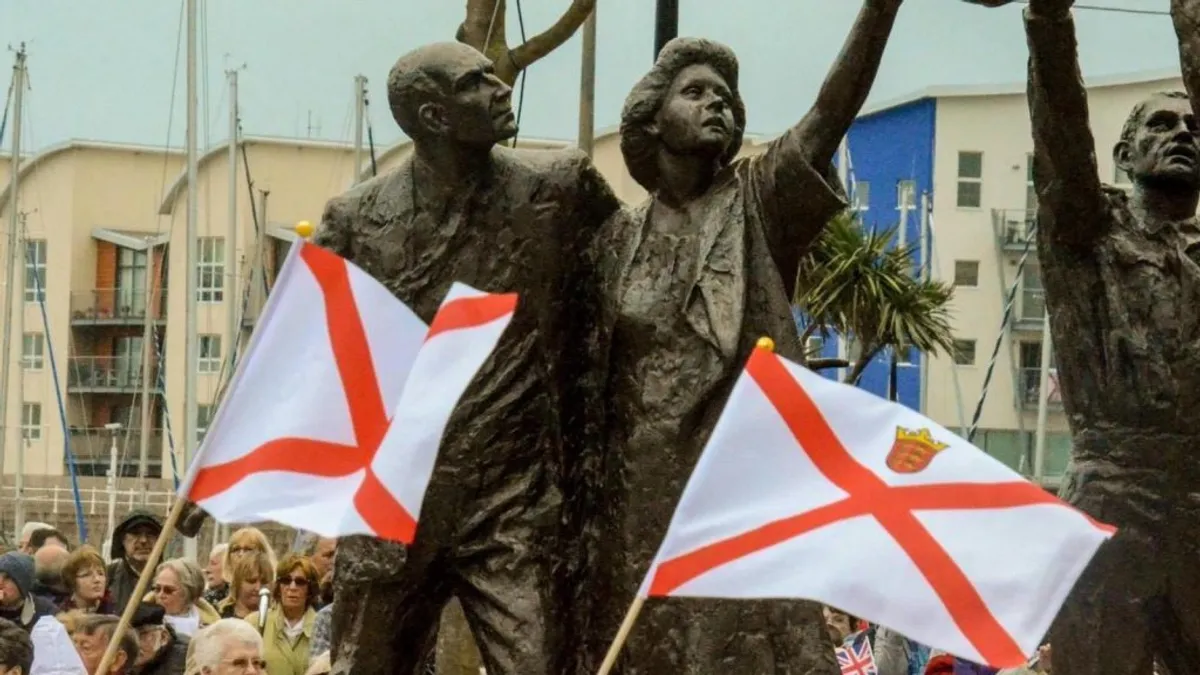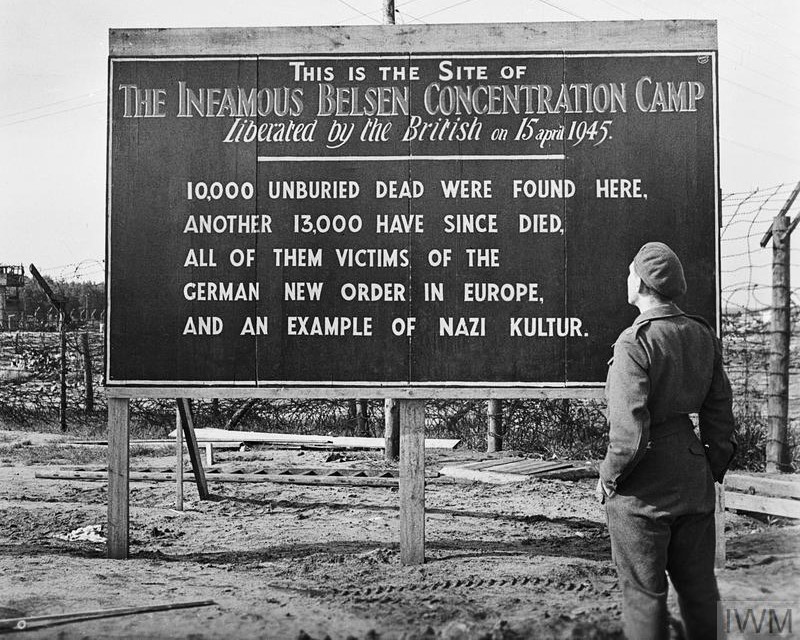
Occupied Islands and Liberation 1940–2025
- David Lowther
- May 9, 2025
- 3 mins
- History World War Two
- jersey liberation occupation
Eighty Years On: Jersey’s Liberation Remembered
I was recently honoured to attend the 80th anniversary celebrations of Jersey’s liberation from German occupation, which lasted from July 1940 to May 1945. Jersey, along with the other Channel Islands, was the only part of the British Isles occupied by Nazi Germany during the Second World War.
Jersey’s vulnerability wasn’t new — its proximity to Northern France had made it a strategic target during the French Revolutionary and Napoleonic Wars. Coastal defence towers, built to repel French attacks, still stand today, a reminder of past conflicts long before WWII.
Life Under Occupation
Resistance existed in Jersey, despite the overwhelming presence of occupying forces. The island’s Communist Party formed a small resistance cell, distributing leaflets, spreading war news, and encouraging quiet defiance — often using jèrriais, a local dialect that the Germans couldn’t understand. Today, English and French dominate island life, but that linguistic heritage remains a mark of defiance.
The Jewish population of Jersey, as elsewhere in occupied Europe, suffered persecution. Some were deported to camps like Auschwitz, where most perished. Prisoners of war, many from the Soviet Union, were used as slave labour to build fortifications and an underground tunnel network that housed German troops.
Starvation and Salvation
As the war dragged on, the islanders suffered gravely. Food became scarce, and German forces often commandeered supplies. After the D-Day invasion, Jersey was cut off from Northern France. By the winter of 1944, the population was on the brink of starvation. Salvation came via the SS Vega, a Red Cross ship that delivered critical aid.
Those seen to have collaborated with the occupiers faced swift retribution. Women who formed relationships with German soldiers — derogatorily dubbed “Jersey bags” — had their heads publicly shaved in acts of retribution.
Liberation Day and Legacy
On May 9th 1945, German troops were evacuated from Jersey under British guard. The islanders’ long ordeal was over — but the scars remained.
This year’s celebrations filled the streets of St Helier. There were parades, concerts, walking tours, and even a cricket tournament. I enjoyed a delightful journey on Le Petit Train, which runs from Liberation Square to St Aubin along a stretch of the original Jersey railway line. The commentary offered wartime insights and even pointed out filming locations for the classic TV series Bergerac — including Diamante Lil’s hotel and restaurant.
A Living Memory
I haven’t read extensively about Jersey — I’ve preferred to learn through my own visits. However, I can strongly recommend Jewels and Jackboots by John Nettles (yes, the original Jim Bergerac himself). Nettles is not only an actor but a Southampton history graduate — and he offers a compelling, well-researched account of the occupation and its legacy.
Jersey’s past is a reminder that occupation, resistance, and resilience are not abstract ideas — they are lived histories etched into every coastal path and stone tower.
Next Post Preview: In our next blog, we’ll explore the little-known stories of British POWs forced into labour during the war — and the long road to justice that followed.
